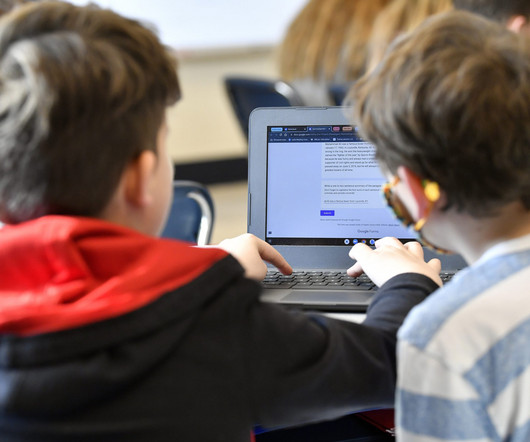How can we close the digital divide?
The Hechinger Report
FEBRUARY 1, 2024
The report also offers ways that those digital divides can be mitigated. “We The update of the policy document by the DOE’s Office of Education Technology is the first since 2016 (parts of it were revised in 2017). The post How can we close the digital divide? In addition, the report covers AI and data privacy.















Let's personalize your content